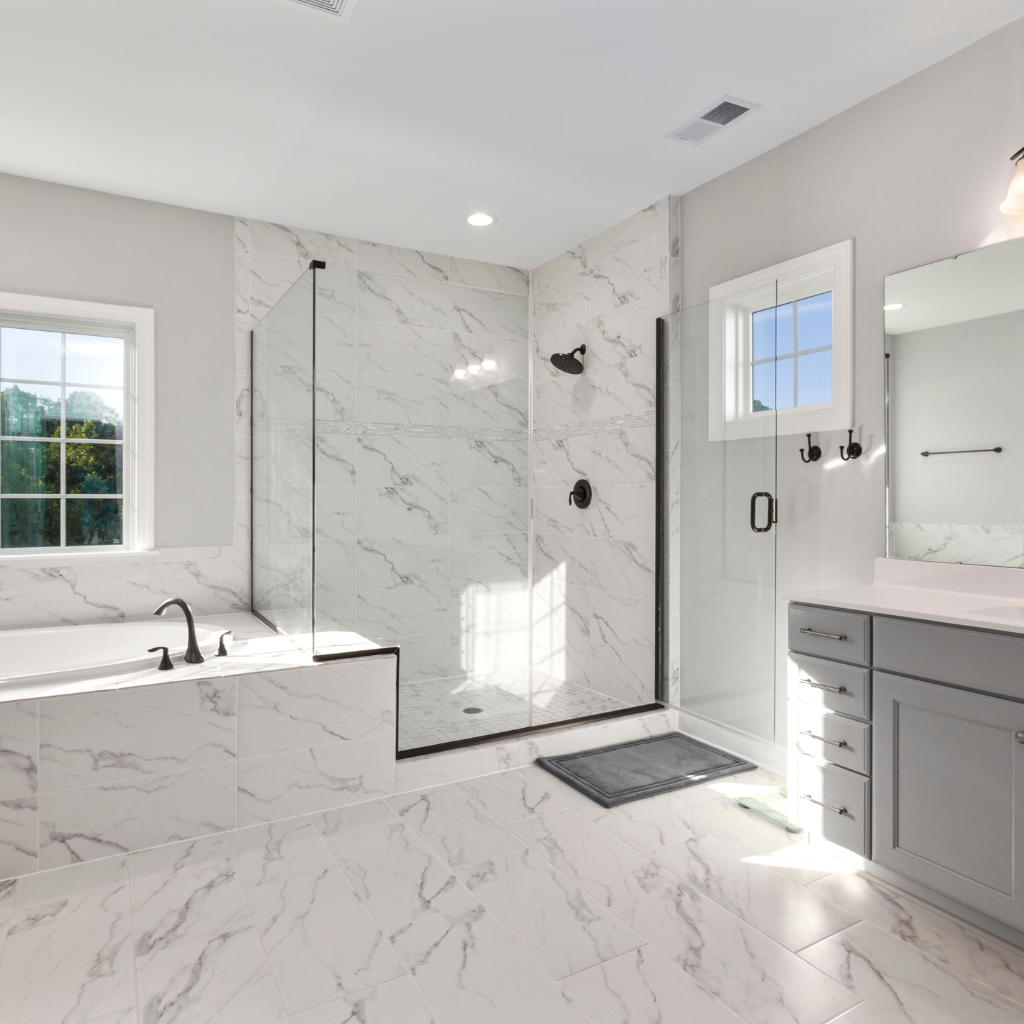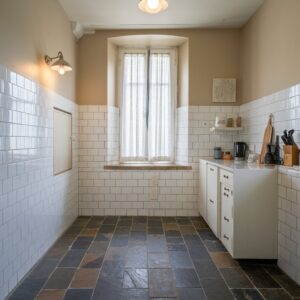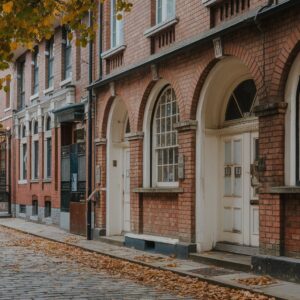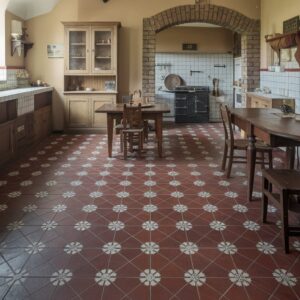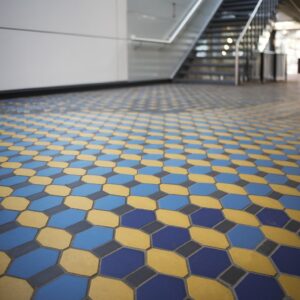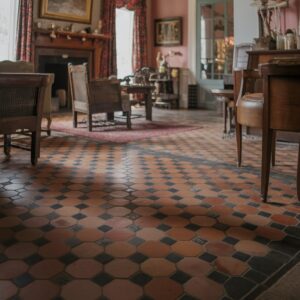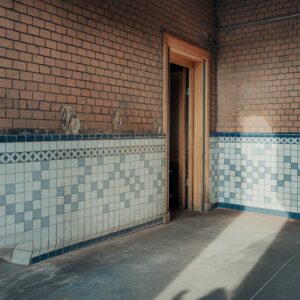Deciding what to do with old bathroom tiles can be a challenge for London homeowners looking to modernise their space. Many wonder if simply tiling over existing tiles is a practical shortcut or if it might create problems further down the line. Investing in a bathroom renovation can significantly boost property value, provided every step is done correctly. Abel Tiler London, an experienced UK-based tiler, aims to clarify whether you can tile over old tiles in a bathroom without compromising durability or aesthetic impact. Topics like how to remove old bathroom tile, how to clean old bathroom tile, and various covering techniques will be explored. This guide presents a balanced look at different options, offering professional insights to help you decide whether to remove, repair, or tile directly over the current surface.
When to Consider Removing Old Tiles First
Sometimes, the safest and most reliable approach involves removing old tiles entirely. If the existing tiles are significantly damaged, loose, or displaying signs of shifting and settling tiles, they may threaten the integrity of a new layer. Extremely outdated designs can also limit updated aesthetics if you plan something like an industrial-style bathroom scheme. In many London homes, removing old tiles offers the chance to address hidden issues, such as mould, poor-quality adhesives, or structural concerns behind the bathroom walls. While removing tiles can be labour-intensive, it opens the possibility of thoroughly repairing cracked tiles, checking for water damage, and updating any plumbing or electrics before you begin retiling bathroom walls or floors.
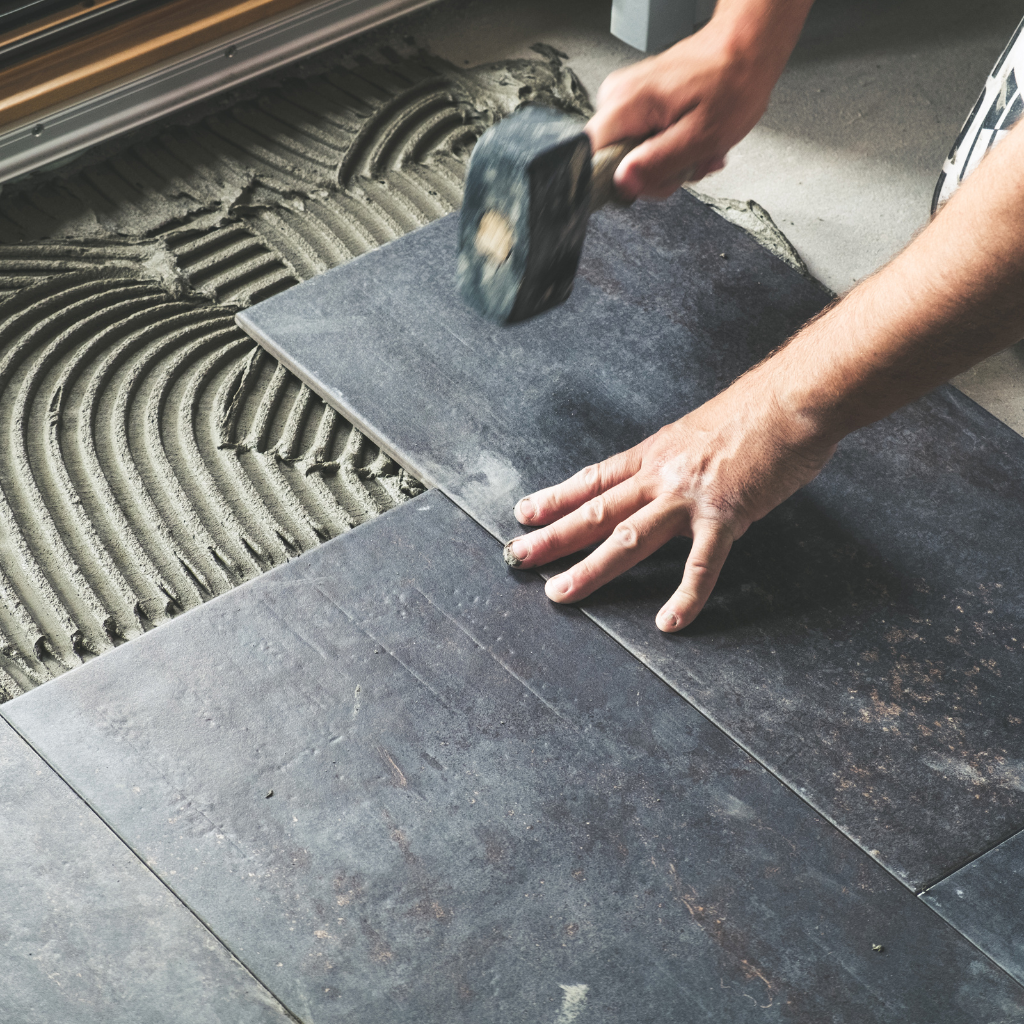
Can You Install New Tiles on Top of Old Bathroom Tiles?
In principle, tiling over existing tiles can be done if they remain in excellent condition with no cracks, bumps, or evidence of water damage. This strategy shortens renovation timelines since you skip the removal step. However, certain conditions should be met first. The underlying structure must be stable, and the old tile surfaces must be thoroughly cleaned and degreased to ensure the new layer bonds effectively. Areas prone to damp or poor ventilation might make double-layer bathroom tiles more susceptible to moisture infiltration unless properly sealed. Abel Tiler London advises carefully evaluating each unique situation. While it can be a viable option, any signs of hollow tiles or unstable substrates suggest a complete tile removal is a wiser long-term solution best handled by skilled bathroom tilers.
How to Prepare Old Tiles If You Choose to Tile Over Them
If you decide to proceed with tiling over existing tiles, proper preparation is essential. Surfaces need to be thoroughly scoured to remove soap scum and grime. Mild cleaning agents, soft brushes, and plenty of warm water are usually enough to achieve the necessary level of cleanliness, though a heavier-duty product may be required for severely stained surfaces. Once cleaned, lightly roughening the glaze can help the fresh adhesive form a seamless bond. It is also vital to ensure no chipped edges or broken areas compromise the evenness of the substrate. Repairing cracked tiles and re-grouting where necessary prevents future problems. After these measures, an appropriate primer or bonding agent is often recommended to maximise adhesion, particularly in moisture-ridden spaces like bathrooms.
How to Clean Old Bathroom Tile for a Fresh Look
Some homeowners find they do not need a full remodel but instead want to preserve and rejuvenate what they already have. Our ceramic tiling guide for bathrooms highlights how proper cleaning can make a dramatic difference. Simple methods like using a mild detergent or vinegar solution swiftly eliminate the build-up of soap residue. An old toothbrush or grout cleaning brush can ease dirt out of mould-prone lines. If deep-seated stains persist, a specialist tile and grout cleaner might be worth exploring. Polishing or sealing the surface afterwards can improve sheen and long-term protection. This approach is often an excellent option for those unsure how to cover old tile in bathroom settings without committing to a major renovation.
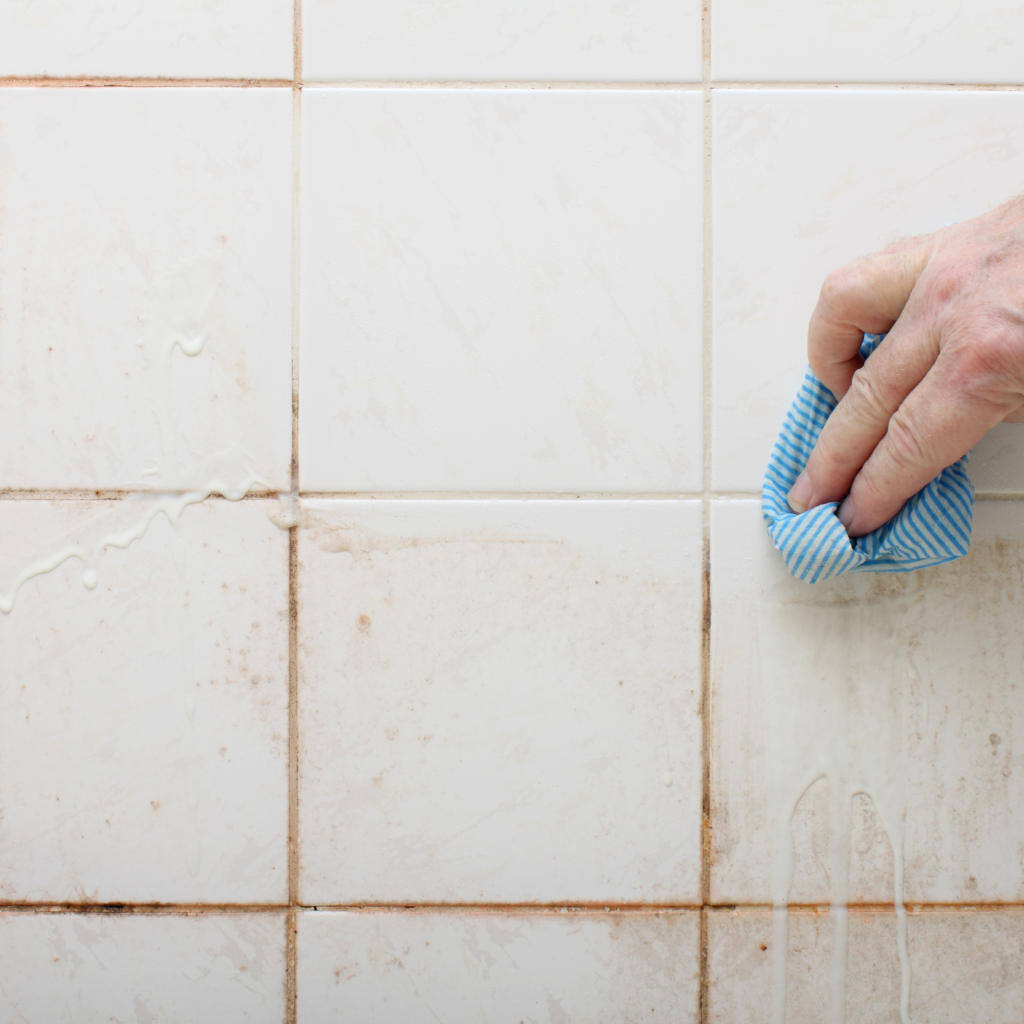
How to Cover Old Tile in a Bathroom Without Removal
Not all homeowners aim to lay new tile or remove old bathroom tile. Some look for creative ways to cover outdated surfaces in a more subtle fashion. Professionals sometimes recommend tile paint that adheres well to thoroughly cleaned ceramics, offering a short-term refresh on patterns that have seen better days. Waterproof vinyl coverings and decorative wall panels can also conceal an older design. These solutions often suit budget-conscious or temporary fixes, such as in rented properties. While easier to apply, they might not stand up to heavy wear and tear in busy households. In London bathrooms subject to high humidity, it is essential to verify that any chosen covering is up to the task of withstanding steam, splashes, and frequent cleaning. Bathroom shower tiling tips, such as using waterproof adhesives, sealing corners, and ensuring proper drainage, are especially important to maintain a durable and hygienic shower area.
How to Remove Old Tile from Bathroom Wall or Floor
Removing tiles entirely is sometimes unavoidable, especially if persistent damp has seeped behind the layers or the tiles are badly cracked. Knowing how to remove old tile from bathroom wall structures involves prying up a corner, carefully chipping away, and repeating until each piece releases. Wearing protective gear is vital to shield against flying fragments, and you may need a chisel, hammer, or tile-removal tool. Keep an eye out for any underlying damage to the plaster or backer board. Removing tiles from floors follows a similar method, though it is often more physically demanding. Once all tiles are out, thoroughly smoothing and cleaning the substrate prepares it for fresh adhesive, ensuring a stable base for modern bathroom tiling ideas.
Other Critical Bathroom Renovation Tips
When assessing whether to tile over existing tiles or remove them, always factor in potential future changes. If you see yourself altering the layout or upgrading fixtures later, saving time now could create extra work in the future. For instance, retiling bathroom walls in an older property means verifying that any shifting and settling tiles are handled. Small areas of damage can hide bigger problems, such as leaks or compromised structural supports. Getting it right the first time is always more cost-effective and ensures a longer-lasting finish. Abel Tiler London also urges homeowners to consider the potential impact of increased tile thickness, as double-layer bathroom tiles might affect door clearance, skirting boards, or built-in units.
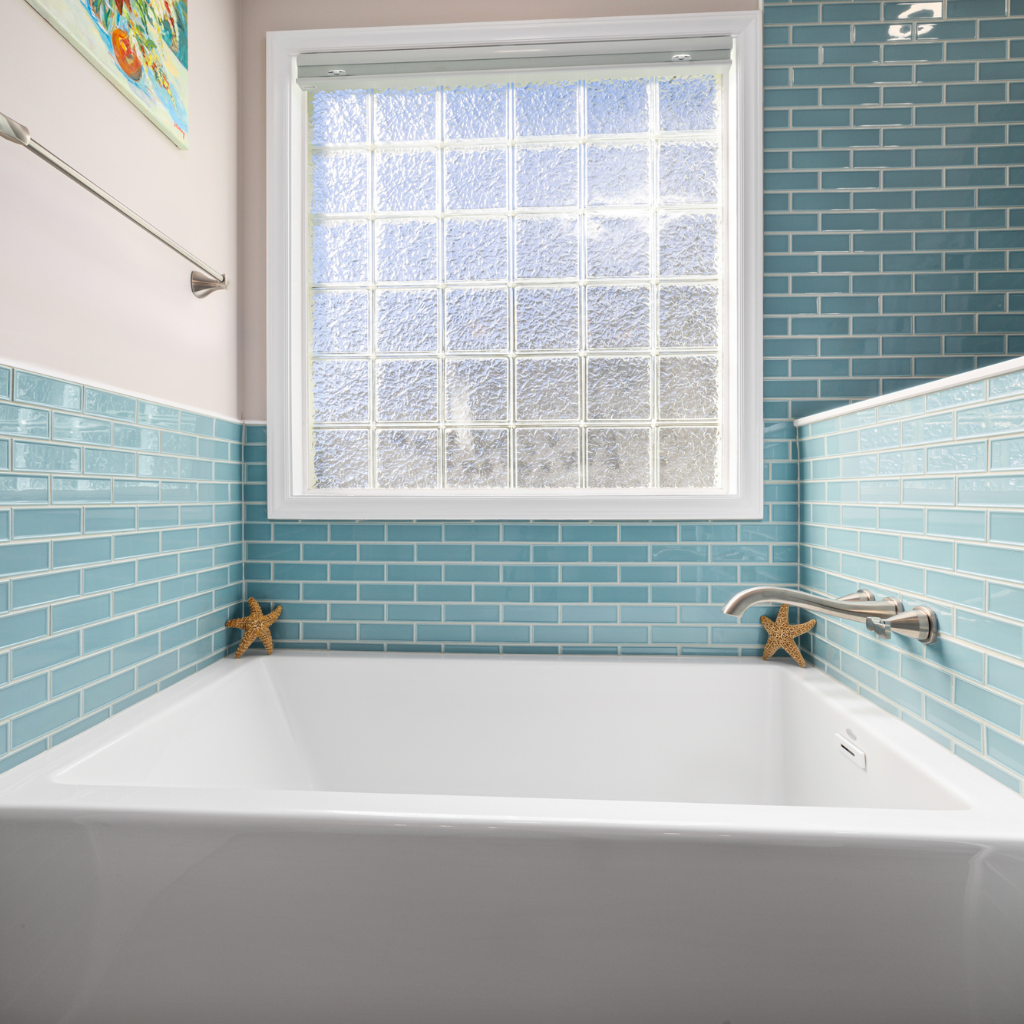
Working with a Professional London Tiler
Nothing rivals a high-quality finish performed by a skilled tiler who understands the nuances of UK bathroom renovation tips. While certain do-it-yourself measures can update a tired-looking bathroom, the expertise of a professional can prevent long-term complications such as poor adhesion, leaks, or uneven surfaces. Abel Tiler London prioritises safeguarding your home’s structure, selecting the right materials, and achieving a durable, visually appealing result. From removing or repairing old tiles to installing new ones, experienced tilers ensure that every step aligns with local building standards and client preferences. Working with a trusted contractor can ease the stress of navigating tile adhesive options, surface prep, and finishing touches, ultimately culminating in a bathroom that combines practicality with style.
Conclusion
Deciding how best to handle old bathroom tiles often comes down to the tile’s current condition and your renovation goals. While many ask, “Can you tile over old tiles in a bathroom?” the answer depends on factors like stability, cleanliness, and required updates beneath the surface. In some cases, removing old tiles entirely is more reliable for a lasting transformation. If your tiles are already in good shape, covering them—either with new fixtures or a fresh tiling layer—can be a time-saver. Abel Tiler London specialises in guiding you through every step, ensuring the finished result is both functional and visually impressive.

